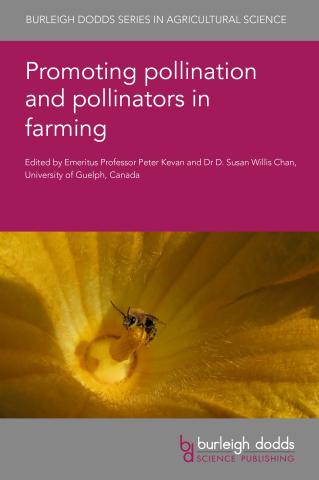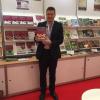Promoting pollination and pollinators in farming reviews the wealth of research on our current understanding of existing pollination processes and their importance to our global ecosystems. The book considers how pollinators interact with plants, as well as the major threats to pollinator species, including climate change, diseases and pesticide exposure.
Through its comprehensive exploration of the current status of pollinators in farming, the book provides its readers with the knowledge required to promote pollination by protecting the world’s pollinators species and the ecosystem services they deliver using techniques such as habitat conservation.
“This very timely book provides a comprehensive exploration of the current status of pollinators in farming and the strategies to promote pollination by insects other than honeybees. The editors, Peter Kevan and Susan Willis Chan, have assembled contributions from a large number of experts in the area of crop pollination, bee ecology and pathology…this book presents a state-of-the-art account of an essential topic and will remain a very useful resource for years to come. The Burleigh Dodds series in agricultural science aims to provide researchers with advice for sustainable food production. This volume does more than that: it will be a go-to reference not only for researchers but also for farmers and agronomists, policymakers and NGOs interested in learning about advances in techniques and protocols in promoting a crucial ecosystem service.” (Dr Katja Hogendoorn, The University of Adelaide, Australia)



